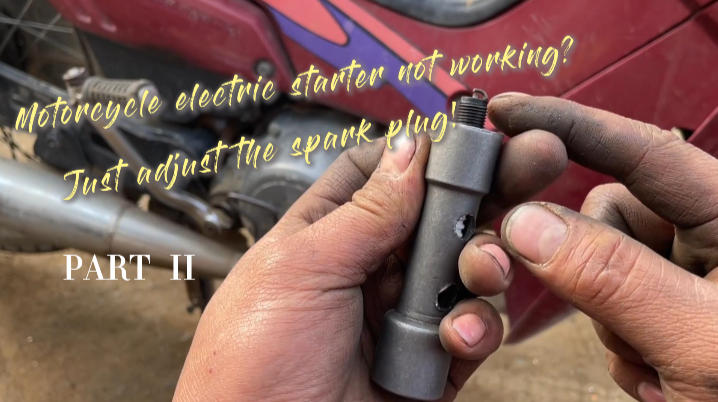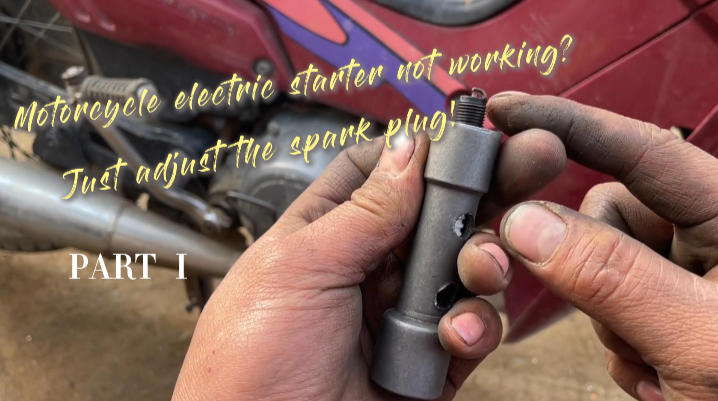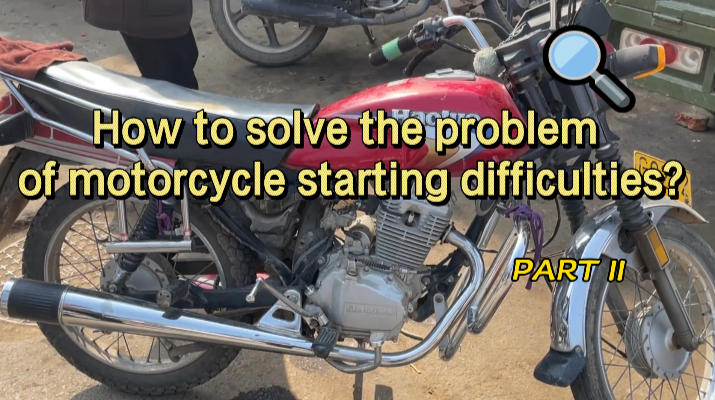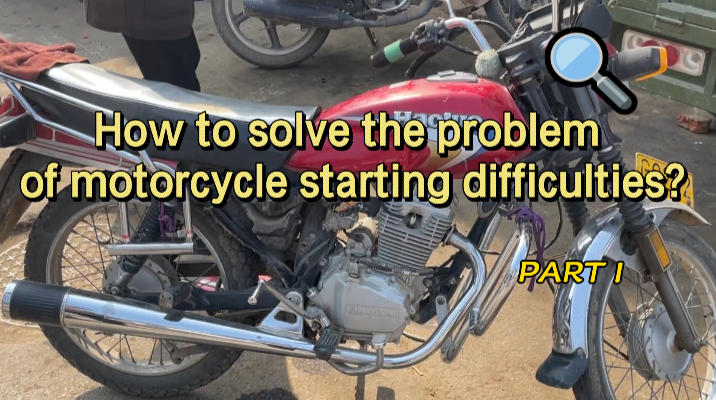Motor: The power heart of a drone (two)
-
16
-
2025-11-06 18:47:13
Key parameter: Select the password for the motor
When choosing a drone motor, it's like picking a handy tool. The key parameters are the password to unlock the appropriate motor. Next, let's delve into these parameters together so that you won't be confused when choosing a motor.
(1) KV Value: The "Commander" of Rotational Speed
The KV value is an extremely crucial parameter for brushless motors. It indicates the number of revolutions the motor's no-load speed increases for every 1V increase in voltage, with the unit being RPM/V (revolutions per minute per volt). In simple terms, it is like the "commander" of the motor's rotational speed, directly determining the motor's rotational speed performance under different voltages.
For instance, a motor with a KV value of 1000 can theoretically reach a no-load speed of 1000×10 = 10000 revolutions per minute at a voltage of 10V. However, in actual flight, due to the load on the propeller and other resistance factors, the actual rotational speed of the motor will be lower than this theoretical value.
KV’s totally connected to a motor’s torque and what size prop it works with, yeah?
Same voltage? Higher KV means it spins way faster—neat, huh? But the torque’s a bit lower, y’know? So it’s perfect for small propellers!
Kinda like a sprinter: super fast, not crazy strong, but kills short bursts of speed.
Racing drones? They love high KV motors with small props. Gets ’em blazing fast, super snappy to control—boom, instant oomph for quick turns and zipping forward!
On the contrary, the lower the KV value, the slower the motor speed, but the greater the torque, which can drive large-sized propellers. Just like a weightlifter, they have great strength but relatively slow speed, and are more suitable for steadily lifting and moving heavy objects. On some unmanned aerial vehicles (UAVs) that require long flight times or heavy loads, such as agricultural plant protection UAVs and logistics transportation UAVs, low KV value motors combined with large propellers can provide stable lift with powerful torque, ensuring the UAV can fly for long periods and carry heavy loads.
(2) Rated Power: The "ruler" for stable output
Rated power refers to the mechanical power that a motor can output when the winding temperature rise does not exceed the insulation class limit during continuous operation. It is like a "ruler" for measuring the stable output capacity of the motor. In simple terms, it refers to the maximum power that a motor can continuously and stably output under normal working conditions.
Suppose your drone needs to fly continuously under a certain load, then the rated power of the selected motor must be able to meet this load requirement. If the rated power of the motor is too small, during long-term operation, the motor will overheat severely due to overload. This not only shortens the motor's lifespan but may even lead to its burnout, just like a person carrying something too heavy for a long time, their body will be unable to bear the burden.
However, if the rated power is too large, although it can easily meet the flight requirements, it will cause resource waste, increase the cost and weight of the drone, and may also affect the flight flexibility of the drone. It is just like asking a strong man to complete an easy small task. Not only is it a waste of talent, but it may also affect efficiency due to insufficiently flexible movements.
(3) Efficiency: The "Magician" of Electric Energy Utilization
Motor efficiency refers to the efficiency of a motor in converting electrical energy into mechanical energy, that is, the ratio of mechanical output power to electrical input power. It is like a magical "magician", determining how much electrical energy the motor can effectively convert into mechanical energy to drive the drone to fly.
High-efficiency motors can convert more electrical energy into mechanical energy and reduce energy loss during the conversion process. This means that with the same amount of power, drones can fly for a longer time or consume less power while completing the same tasks. For instance, in some aerial photography drones with high requirements for battery life, the use of high-efficiency motors can enable the drones to stay in the air for a longer time and capture more wonderful scenes.
On the contrary, low-efficiency motors will waste a large amount of electrical energy in the form of heat during the conversion process, which not only causes the motor to heat up severely but also shortens the endurance of the unmanned aerial vehicle. Just like a car with high fuel consumption, it not only wastes fuel but may also break down due to engine overheating.
(4) Noise: The "Guardian" of Quiet Flight
Motor noise is just how loud it gets when running — it’s like a drone’s "silent flight bodyguard," dictating how much noise pollution it makes. For quiet-critical jobs (city patrols, scenic spot aerial shots), low-noise motors let drones work totally stealthy, no disturbance to people or the environment.
Noise comes from three main places: electromagnetic, mechanical, and aerodynamic. Electromagnetic noise is from internal electromagnetic forces — like a gentle "tug-of-war" inside. Mechanical noise happens when parts (bearings, rotors) rub or vibrate as they spin, sort of like quiet "knocks" between components. Aerodynamic noise is simple: propellers spinning fast and "cutting through" air.
To reduce noise, manufacturers tweak design, materials, and craft. They use smarter electromagnetic setups to steady internal forces. They fit high-precision bearings and balanced rotors for smoother spins. They also refine propeller shape and material to make it "play nicer" with air.
-
Starterstock Starter Drive Bendix for Beta Enduro RR/Xtrainer
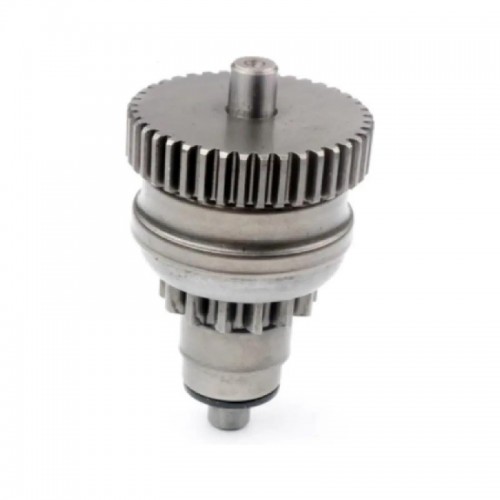
-
Starterstock Starter Drive Bendix for Sea-Doo Speedster 200 Twin 4-TEC

-
Starterstock Starter Drive Bendix for Polaris Trail Blazer/Sportsman
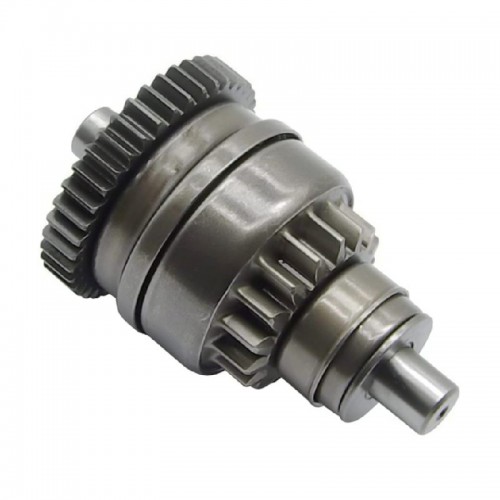
-
Starterstock Starter Drive Bendix for Kawasaki Jet Ski 650-1100
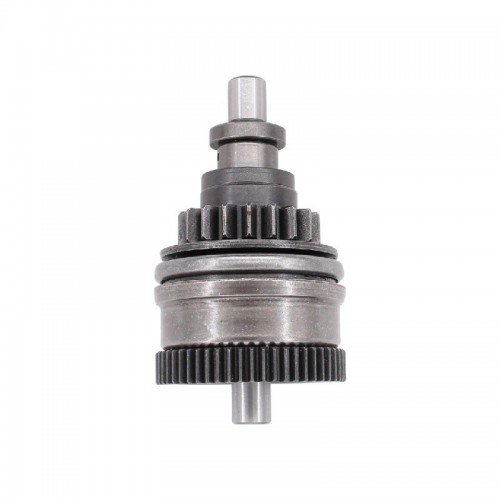
-
Starterstock Starter Drive Bendix for Yamaha WaveRunner/WaveRaider
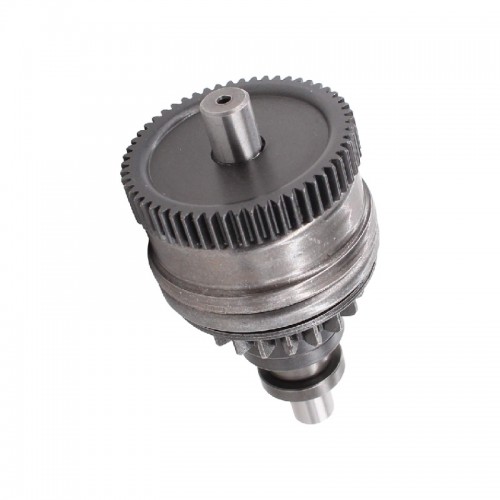
-
Starterstock Starter Drive Bendix for Polaris Sportsman/Ranger
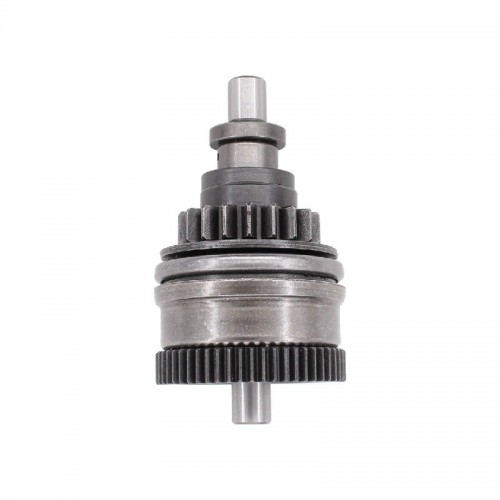
-
CARBURETOR LY-010011 for TOYOTA 4Y HILUX
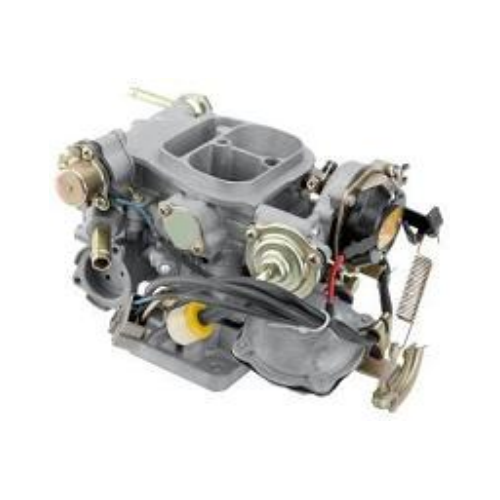
-
CARBURETOR LY-010010 for TOYOTA 3Y HIACE

-
CARBURETOR LY-010009-A for PEUGEOT 405 ZINC
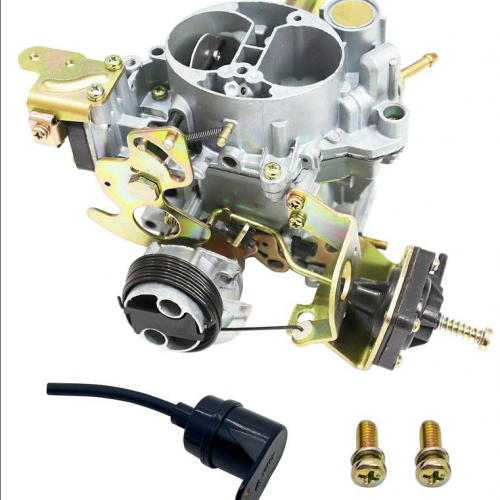
-
CARBURETOR LY-010009 for PEUGEOT 505 ZINC



